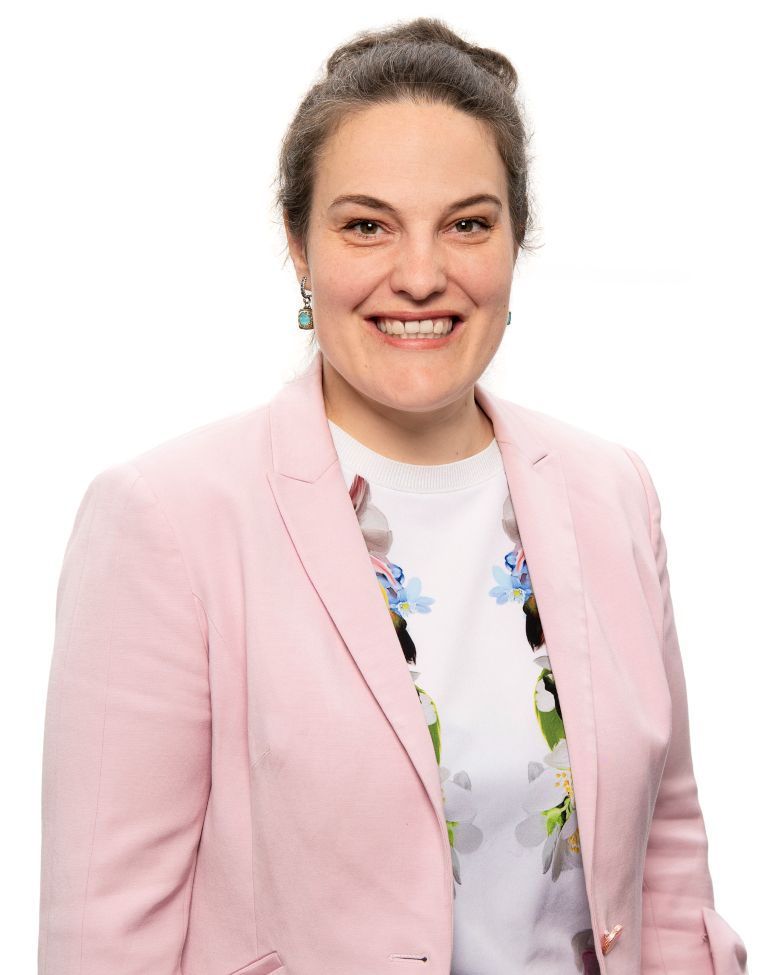Shifting the care paradigm for individuals with skin of color (SOC) in the United States

A comprehensive review of care gaps and emerging initiatives in dermatology | Poster presented at the Skin of Color Society 2024, San Diego
Andrew Alexis1, Raj Chovatiya2, Susan Taylor3, Nada Elbuluk4, Chesahna Kindred5, Meena Hansen6, Amber Reck Atwater6, Maria Jose Rueda6, Tanja Bosshard Becker7, Vivian Shi8
Sponsored by Eli Lilly and Company
1Weill Cornell Medical College, New York, USA. 2Rosalind Franklin University Chicago Medical School, North Chicago, USA 3Perelman School of Medicine, University of Pennsylvania, Philadelphia, USA. 4Keck School of Medicine of USC, Los Angeles, USA. 5Howard University College of Medicine, Washington, USA. 6Eli Lilly and Company, Indianapolis, USA. 7Executive Insight, Zurich, CH. 8University of Arkansas for Medical Sciences, Little Rock, USA.
BACKGROUND
Historically, dermatology research and clinical practices have overlooked important considerations in the care of individuals with skin of color (SOC).1,2 The ongoing disparities in dermatological care and increasing proportion of non-White individuals in the United States (US) underscores the need to understand and address existing care gaps through targeted initiatives.3–5 With continuous efforts, the dermatological medical community seeks to shift towards a more equitable, patient-centered model of care that considers the distinct needs of racial and ethnic groups across the US.6,7
OBJECTIVE
To provide an updated literature search with publications from April 2022 to October 2023, that offers insights into new versus persisting care gaps in dermatology for individuals with SOC and detects if any gaps have closed since our previous search. We also reviewed past
and present initiatives in the dermatological care of patients with SOC to identify where current efforts are focused and if there are opportunities for improvement.
CONCLUSIONS
We found that previously identified care gaps remain as persistent issues in the dermatological care of patients with SOC, but a new care gap has since emerged due to developments in artificial intelligence (AI)-based diagnostic tools in the field of dermatology. There was a significant rise in SOC-related dermatological initiatives, with the largest increases in healthcare professional (HCP) medical education (MedEd) curricula and SOC research. However, opportunities still exist in HCP communication and access to treatment, where there continues to be limited activity. The present study provides a crucial overview of both progress and shortcomings in the SOC-related dermatological landscape and highlights that a coordinated approach may be needed to create impactful change and address the dermatological care gaps of patients with SOC.
METHODOLOGY










